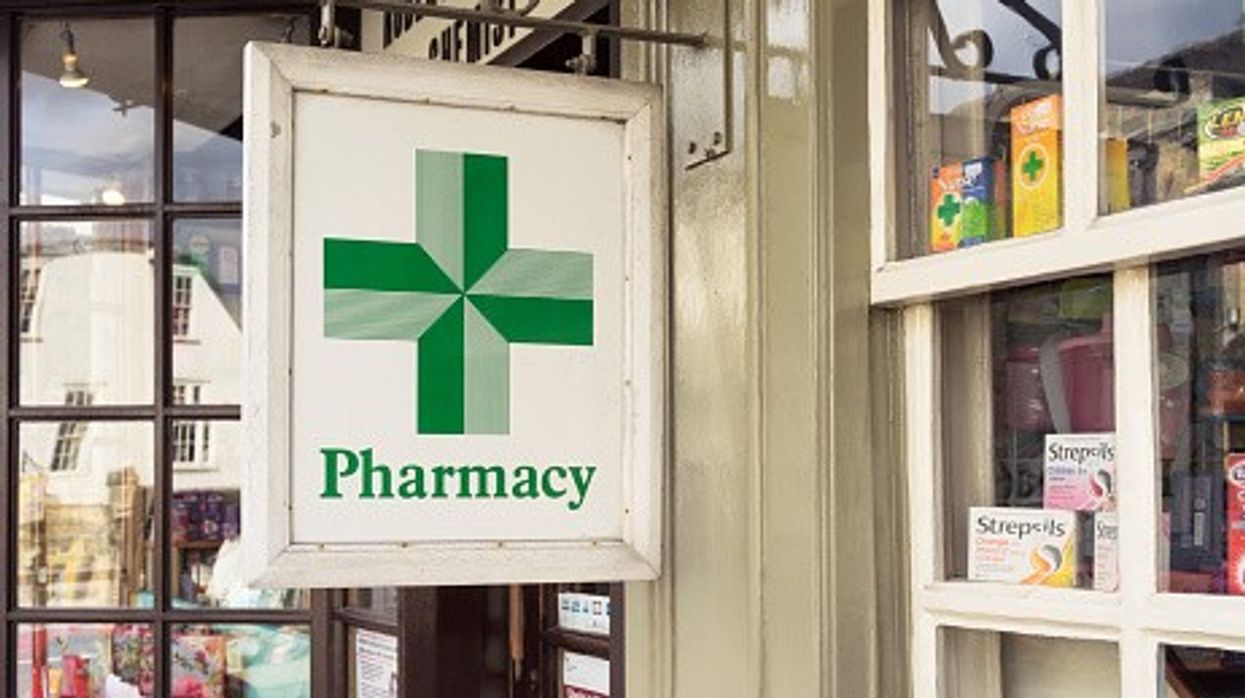The Pharmacists’ Defence Association (PDA) has announced that it will support its member impacted by the decision to close 300 more Boots pharmacies.
After the announcement of closure of 300 Boots pharmacies over the next year, the association believes this is approximately one out of every eight current Boots pharmacy locations.
The company has insisted that the objective of this exercise is not to make existing pharmacist employees redundant, and they hope to be able to redeploy individuals into nearby alternative locations. However, PDA believes that it is unlikely that suitable alternative roles will be available for all and redundancy is a possibility for some.
The PDA Union will provide pharmacists with information, support, and representation as part of the recognition agreement so that members are aware of and can exercise their rights at work. PDA officials will be in continued dialogue with the company throughout this closure programme.
It has assured that it will be doing all it can for members impacted by this decision and knows from experience that there are likely to be wider consequences for other employees beyond those who could be at risk of redundancy.
The company has insisted that the objective of this exercise is not to make existing pharmacist employees redundant, and they hope to be able to redeploy individuals into nearby alternative locations. However, it is unlikely that suitable alternative roles will be available for all and the PDA believes redundancy is a possibility for some.
The PDA will provide advice to members at risk of redundancy and help them understand the options available to them. If their employment ends the PDA expects them to receive adequate redundancy compensation and fair treatment as they try and seek alternative employment during any notice period.
The PDA’s redundancy factsheet can be found here.
There are also consequences for those who are not at risk of redundancy which can also be significant. For example, consolidating the workload of a closing pharmacy into alternative Boots locations may require additional resources, staffing, and physical space in the pharmacy expected to absorb that extra volume.
If the Boots estate is reducing significantly, the need for relief pharmacists and other area roles may also reduce.
PDA Union General Secretary, Mark Pitt said, “The PDA team will be working tirelessly to avoid job losses for pharmacists and protecting their interests. It’s important in these situations that any uncertainty is kept to a minimum and everyone is treated with respect and dignity.
We believe it is as important to inform both those who work in a pharmacy that may be closing, those whose pharmacy may receive an increase to their existing workload, and any others impacted as soon as local proposals are being considered. Company briefings should provide clear information about local decisions and formal processes to be followed, such as how redundancy consultations will work and how possible alternative roles might be identified.
PDA members can contact our Member Support Centre for advice in due course and in the meantime should ensure they read communications from the PDA.”
Although other aspects of the PDA recognition at Boots, such as pay negotiations, can benefit all pharmacists in the bargaining unit (all store/relief-based pharmacists and trainee pharmacists) the more tailored support often needed for individuals facing the risk of redundancy is for PDA members only. Any pharmacist that is not yet a member of the PDA are encouraged to join today.
Mark Pitt continued, “This is a major closure programme of community pharmacies with more pharmacies expected to close than the 200+ LloydsPharmacy closures at Sainsbury’s announced earlier in the year.
Unlike pharmacy sales to a new owner, with closures, patients and communities will see a reduction in availability, and the UK pharmacy network will lose vital capacity at a time of great need.
Access to a pharmacist for patients is critical not just to provide current NHS services, but to deliver what the public need in terms of Pharmacy First and other future NHS initiatives.”











